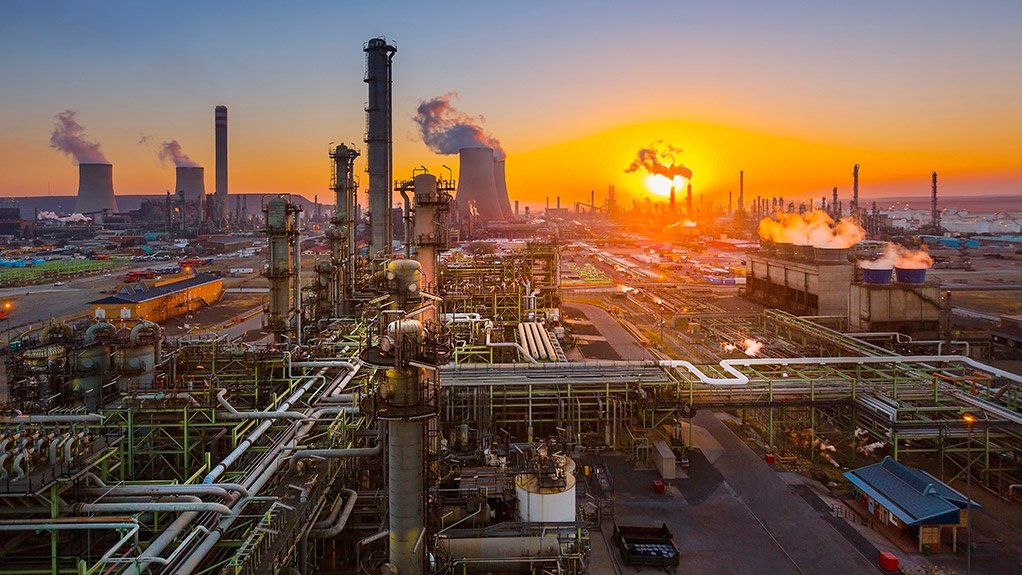The coal-to-liquids (CTL) industry is going to be a core part of South Africa’s liquid-fuels economy for the next 40 years, says global management consulting firm AT Kearney principal Martin Sprott.
He says the country’s CTL industry is centred on energy and chemicals group Sasol’s CTL plant in Secunda, Mpumalanga.
“The CTL infrastructure in Secunda is secure. The assets have been upgraded to last until 2050,” says Sprott.
He, however, adds that, although the South African CTL industry will revolve around Sasol’s CTL plant, there are unlikely to be any additional investments as the focus will be on optimising the plant’s infrastructure and assets that are already in place.
He tells Mining Weekly that currently two factors are blocking additional CTL investments into South Africa, namely low oil prices and the high carbon dioxide (CO2) emissions associated with the CTL process.
“CTL is the most CO2-intensive industrial process in the world,” he states.
For this reason, the future of the CTL industry is expected to be influenced by opportunities related to carbon capture and storage (CCS), Sprott says.
CCS is a process whereby the CO2 released during the CTL process is captured and stored, in a deep geological formation, instead of being released into the atmosphere.
“If South Africa can get CCS working economically, that will build up confidence in CTL,” says Sprott.
Meanwhile, he says that the local investment challenge could present South African companies operating in the CTL space with the option of exploring opportunities outside South Africa, especially in Mozambique.
Sprott says Mozambique’s Tete province is especially attractive for CTL development as it has large coal deposits, with Brazilian miner Vale also among the mining and energy companies operating in the area.
However, he points out companies setting up businesses in Tete will likely initially establish gas-to-liquids (GTL) operations before moving to CTL operations.
“The economics are more attractive for GTL as gas is cheaper and more abundant in Mozambique; it is also an easier and less CO2-intensive process,” says Sprott.
Global Demand
It terms of the global demand for liquid fuels, Sprott says there has been a change in the past 10 to 15 years.
He says, traditionally, the Middle East, Latin America, and to some extent Africa drove oil production, while consumption was mostly driven by Europe, North America and, to a lesser extent, Asia.
However, in recent times there has been a shift as the majority of the consumption is taking place in Asia as a result of economic and industrial growth of countries in the region, which requires the use of liquid fuels for industrial and economic activities.
“The Asian countries currently invest more than anyone in building refineries,” he says.
Edited by: Leandi Kolver
Creamer Media Deputy Editor
EMAIL THIS ARTICLE SAVE THIS ARTICLE
To subscribe email subscriptions@creamermedia.co.za or click here
To advertise email advertising@creamermedia.co.za or click here













